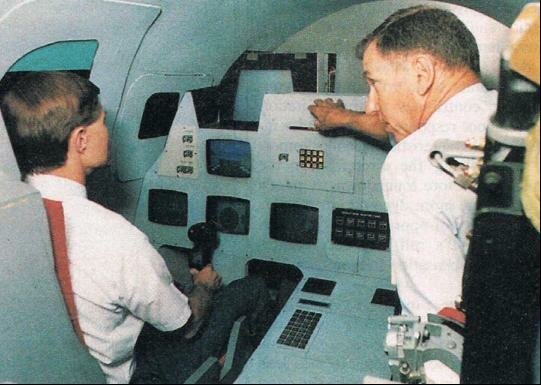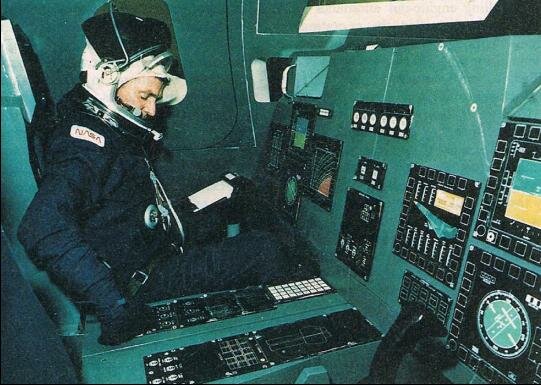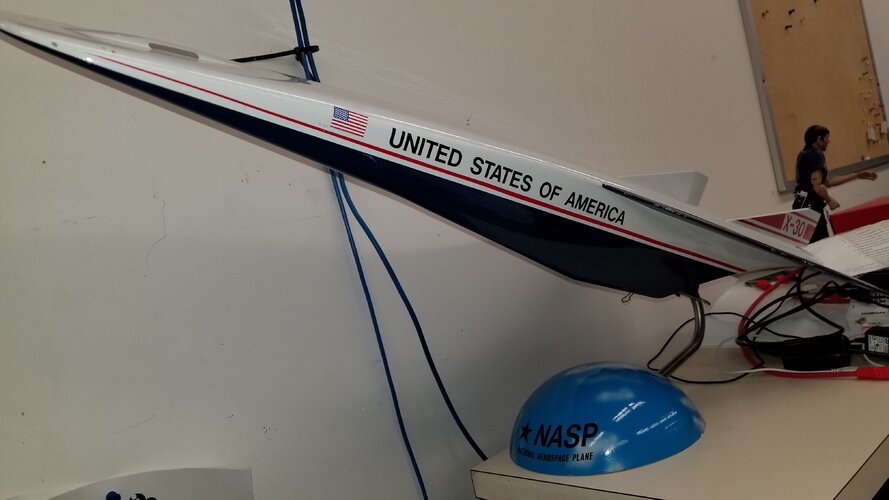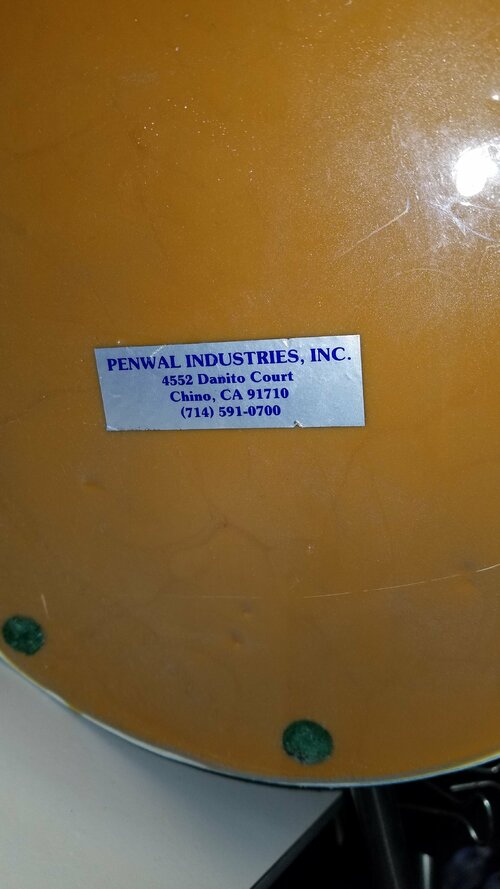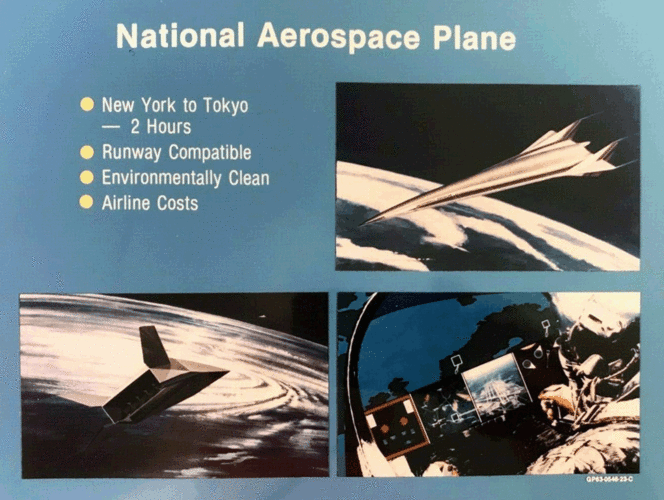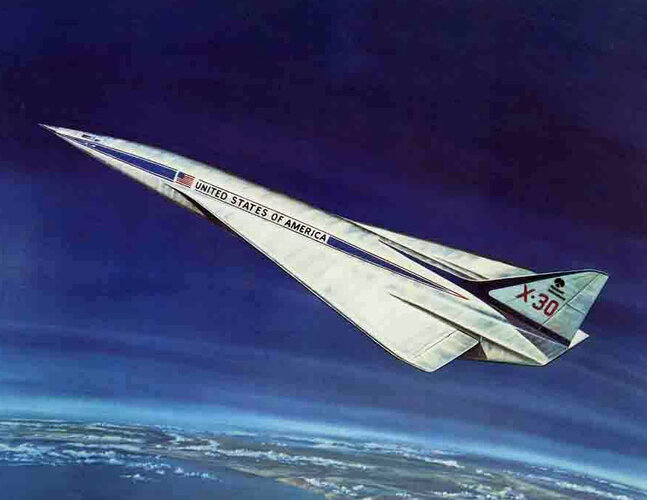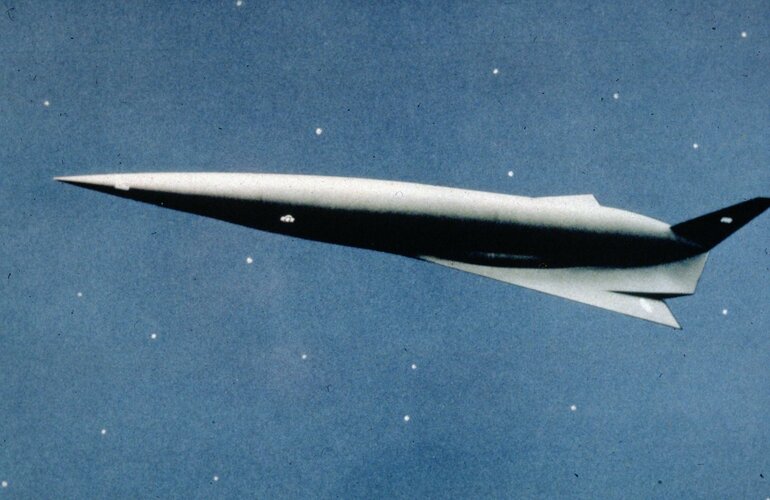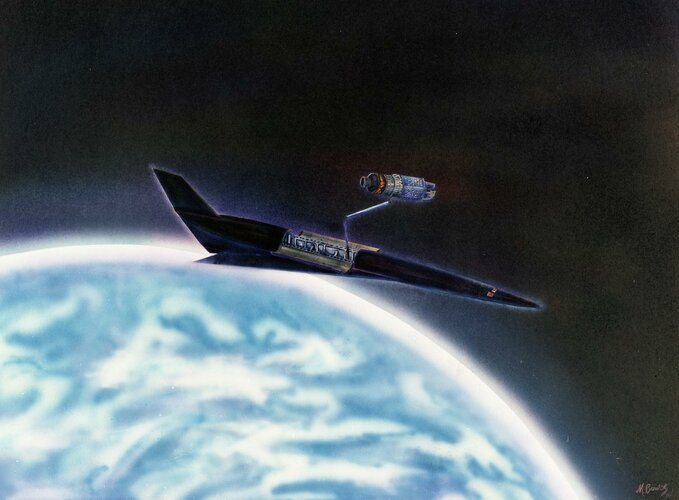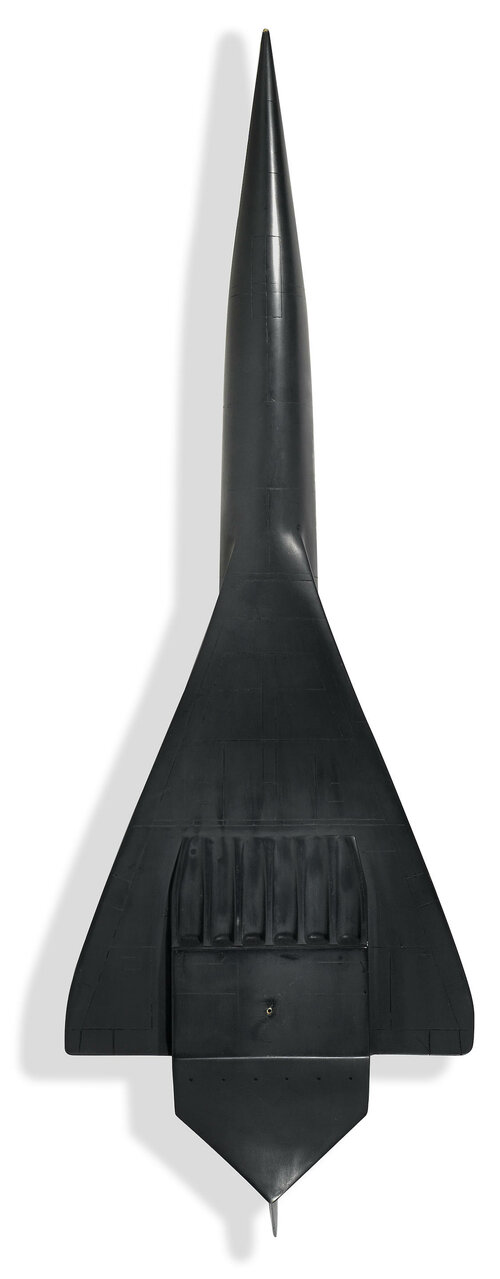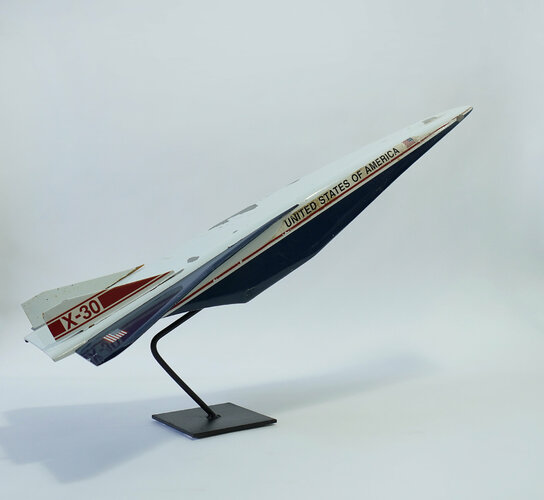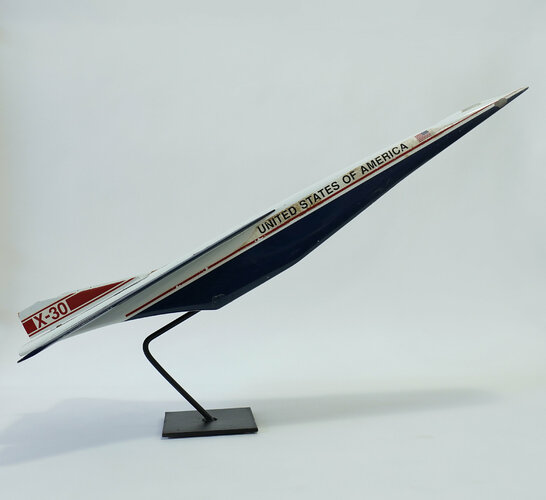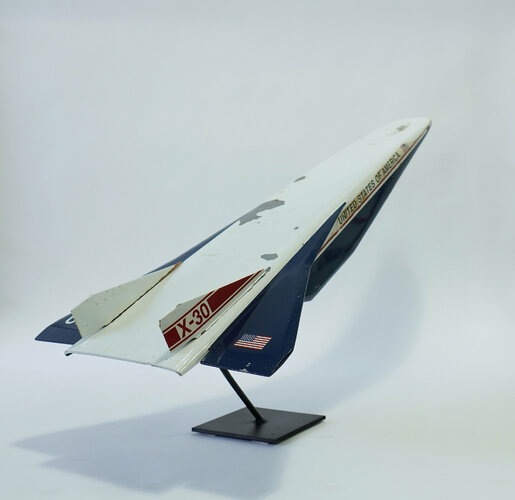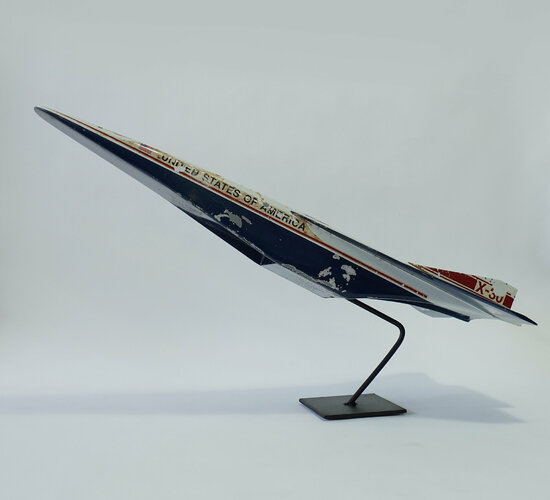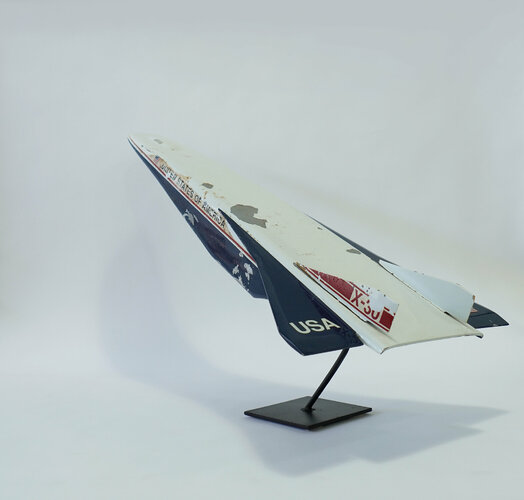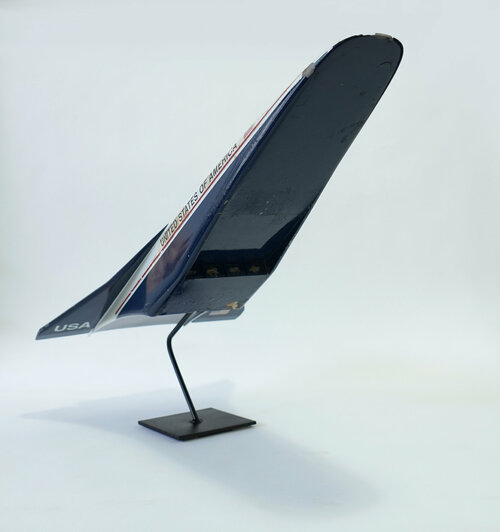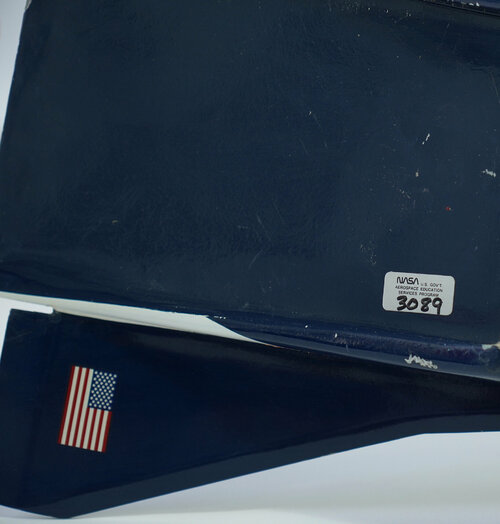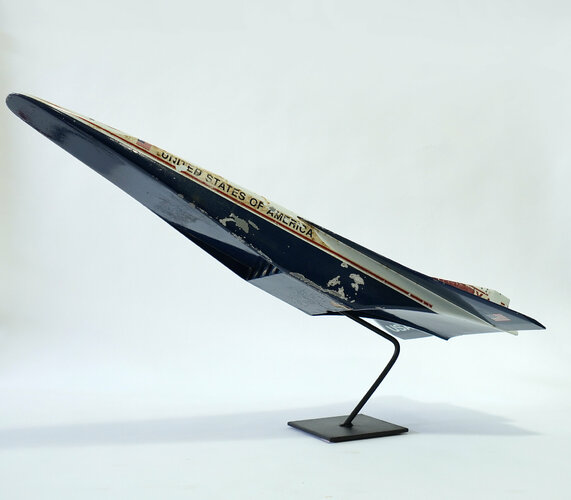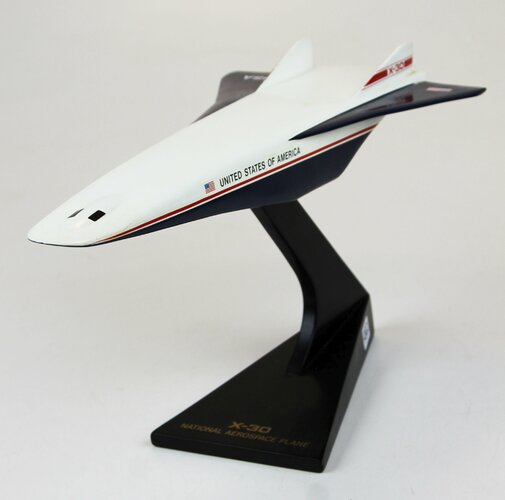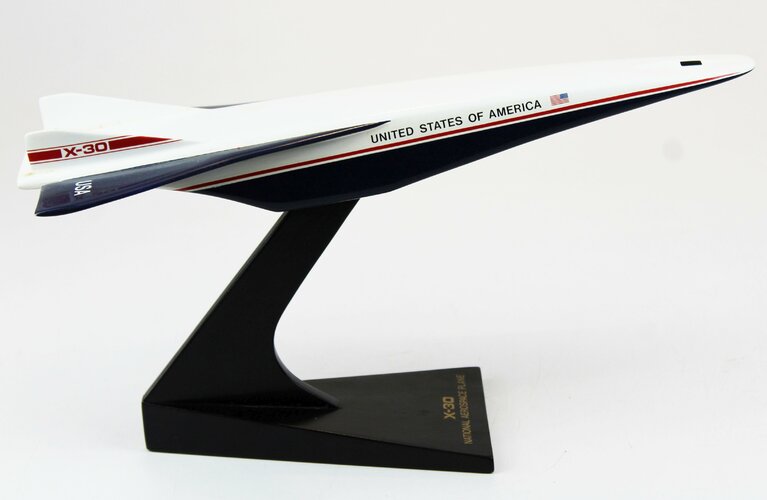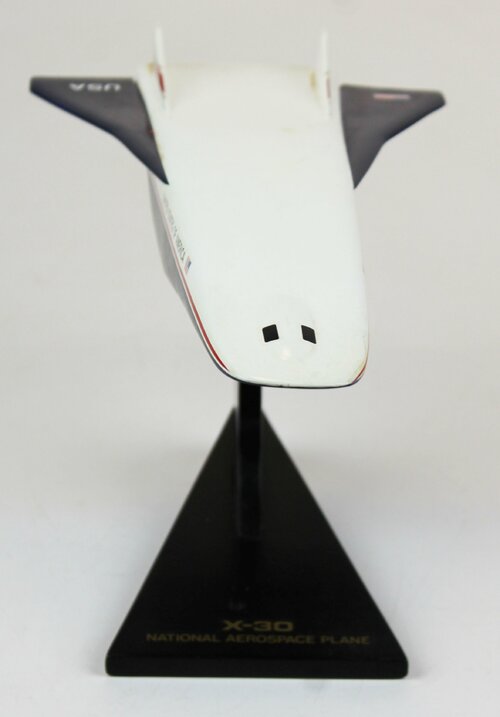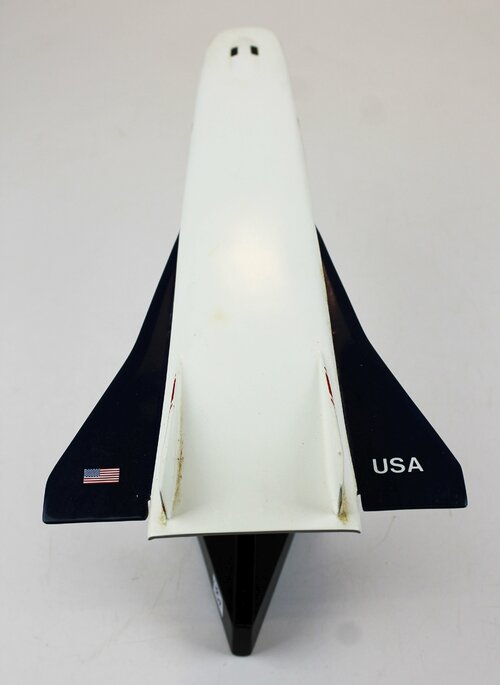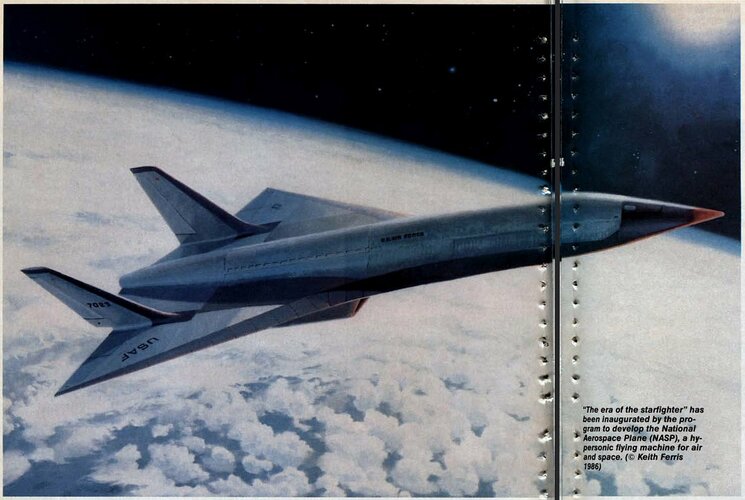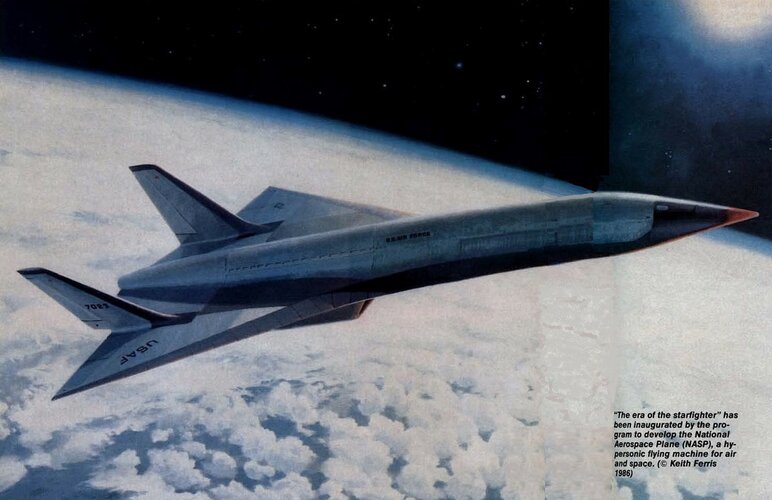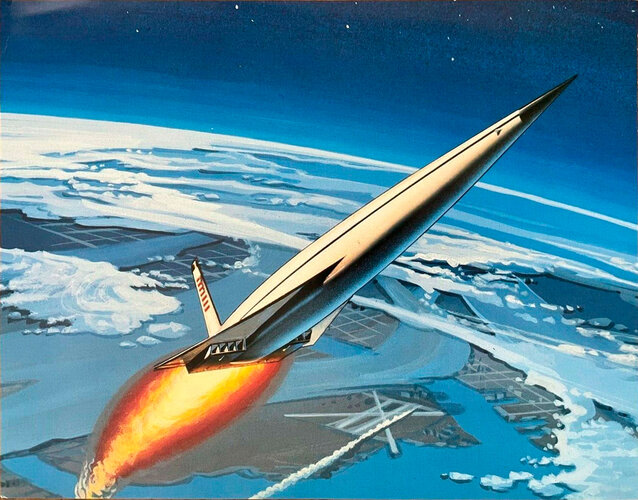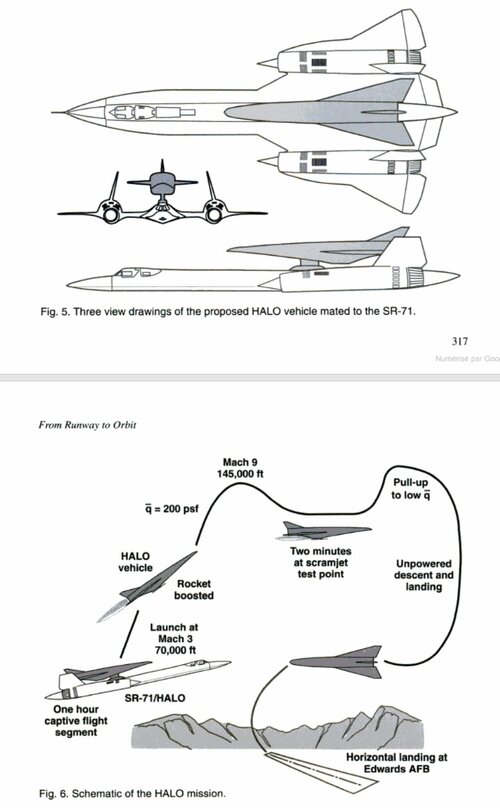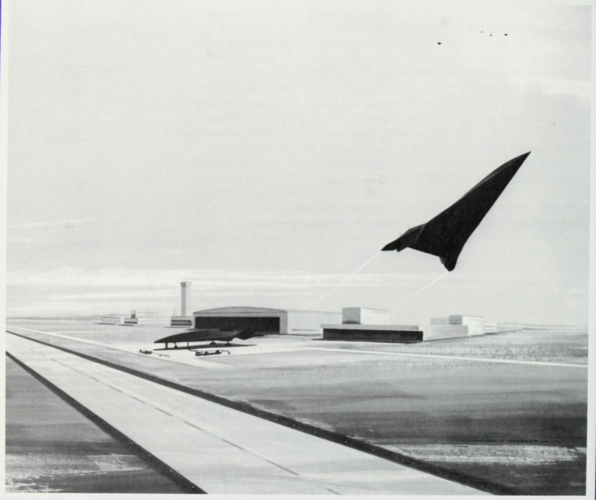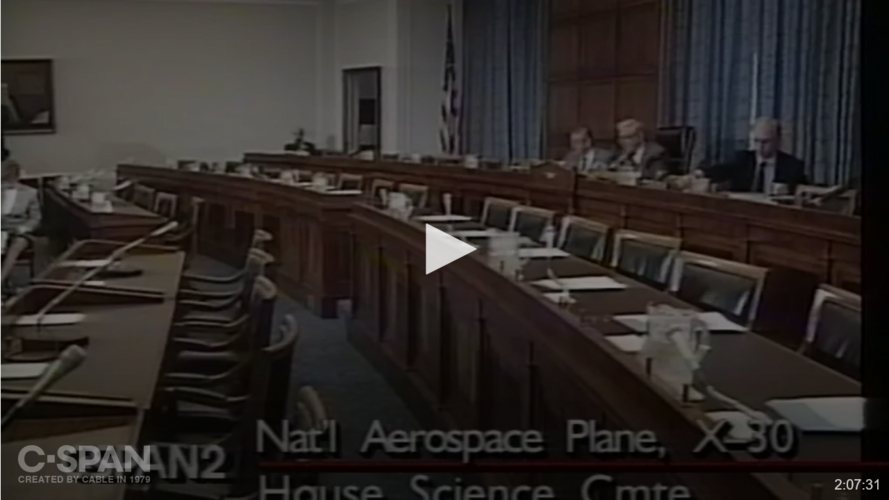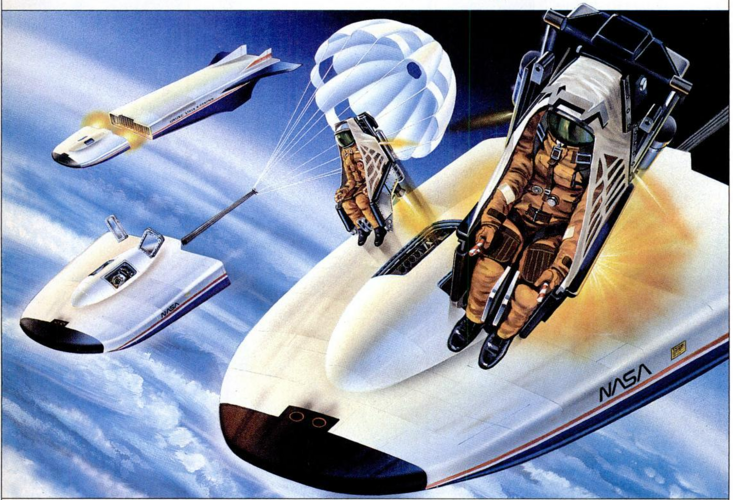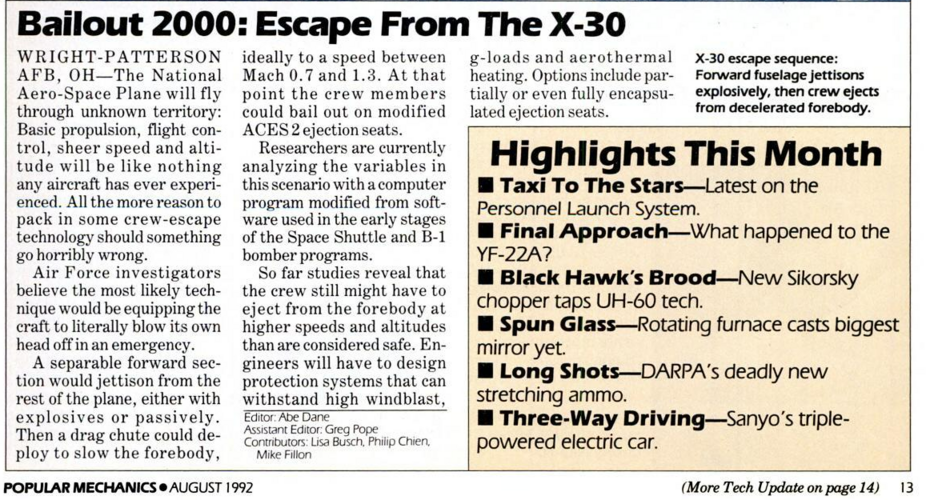It is a very interesting story, told by Richard Hallion and Tom Heppenheimer in their respective "hypersonics" books.
It starts with DARPA and COPPER CANYON and a man with the name of Robert Cooper,
who send him to another Robert at DARPA - Robert Williams. A very respectable aerospace engineer. If you wonder, the Sikorsky "X-wing" with the stoppable rotor in flight was one of his babies.
This man: Robert S. Cooper.
https://conservancy.umn.edu/handle/11299/107229
And this one - Robert M. Williams:
https://www.sikorskyarchives.com/X-WING.php
Now, come Anthony "Tony" Dupont - and there things go a little ugly. Dupont was the man behind the HRE : a podded scramjet that flew on the X-15 lower tail the historic day of October 1967 it reached Mach 6.7, a record still standing. Unfortunately that very record flight nearly ended badly when the X-15, the podded scramjet and its pylon more or less melted; it was the X-15A-2 glory day but also its last flight.
Podded scramjets were definitively NOT the way to go; rather, the X-43 now familiar shape.
Dupont also worked at Garett on that bizjet turbofan with the fan at the rear rather than at the front.
And he also decades later worked on the DP-2 and you can browse this very forum to get an opinion over this supposed "miracle VSTOL plane" and how it was outrageously sold to Congress...
And then Tony Dupont returned to his scramjet affair 15 years after the controversial last HRE flight: in 1982.
What happened next: he oversold Robert Cooper the very concept of COPPER CANYON / X-30 / Orient Express.
Major issue:
Dupont went the full DP-2 way that is: he outrageously oversold the concept. First, the vehicle was barely the size of a F-16.
And its weight figures were outrageously optimistic: he conveniently forgot practical things like... an undercarriage.
But the most disturbing aspect of the sale pitch was, he assumed scramjet could go all the way to orbit (mach 25) or at least to Mach 17.
It was already know that scramjet won't go past Mach 12 and a rocket is needed for the final push into orbit.
Plus the scramjet most troubling issue (beside trying to lit supersonic combustion !) : the difficulty of getting... any significant thrust ! This was solved only in the 2000's, more or less through the X-43 flights.
Dupont really abused Cooper credulity and grossly oversold the whole thing. Cooper did the job well: from there (1983) it would never be stopped - until 1993 at least.
COPPER CANYON had DARPA jumping aboard the Air Force "Trans Atmospheric Vehicle" studies (and Boeing RASV, and ALSV) which before that date had NOT considered airbreathing or scramjets for good reasons - lack of TRL maturity.
TAV, RASV, ALSV were simpler concepts and studies using modified 747s, existing rockets and drop tanks. Boeing RASV notably had gradually matured since 1972; after a decade spent refining it, Boeing and its chairman Tex Wilson were ready to try and build it by late 1982 and had good arguments.
But all this was swept away by DARPA, Cooper, Dupont and scramjets. And then Reagan went SDI again and in the wake of the Challenger disaster made his famous "Orient Express" speech "Los Angeles to Tokyo in two hours at Mach 25". And just like SDI, X-30 (or Orient Express) was a tech pipe dream.
There are troubling parallels in the way Dupont sold DARPA (and Reagan later) the X-30 ; with the way the Livermore gang (Teller, L. Wood and R. Hyde) sold their Excalibur nuclear-pumped-laser (whacky) concept: same year, same tactics and same... short-term success.
Unbelievable !

